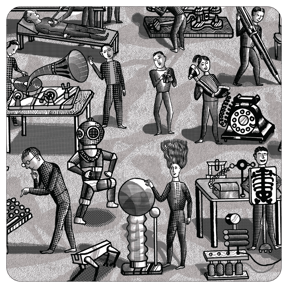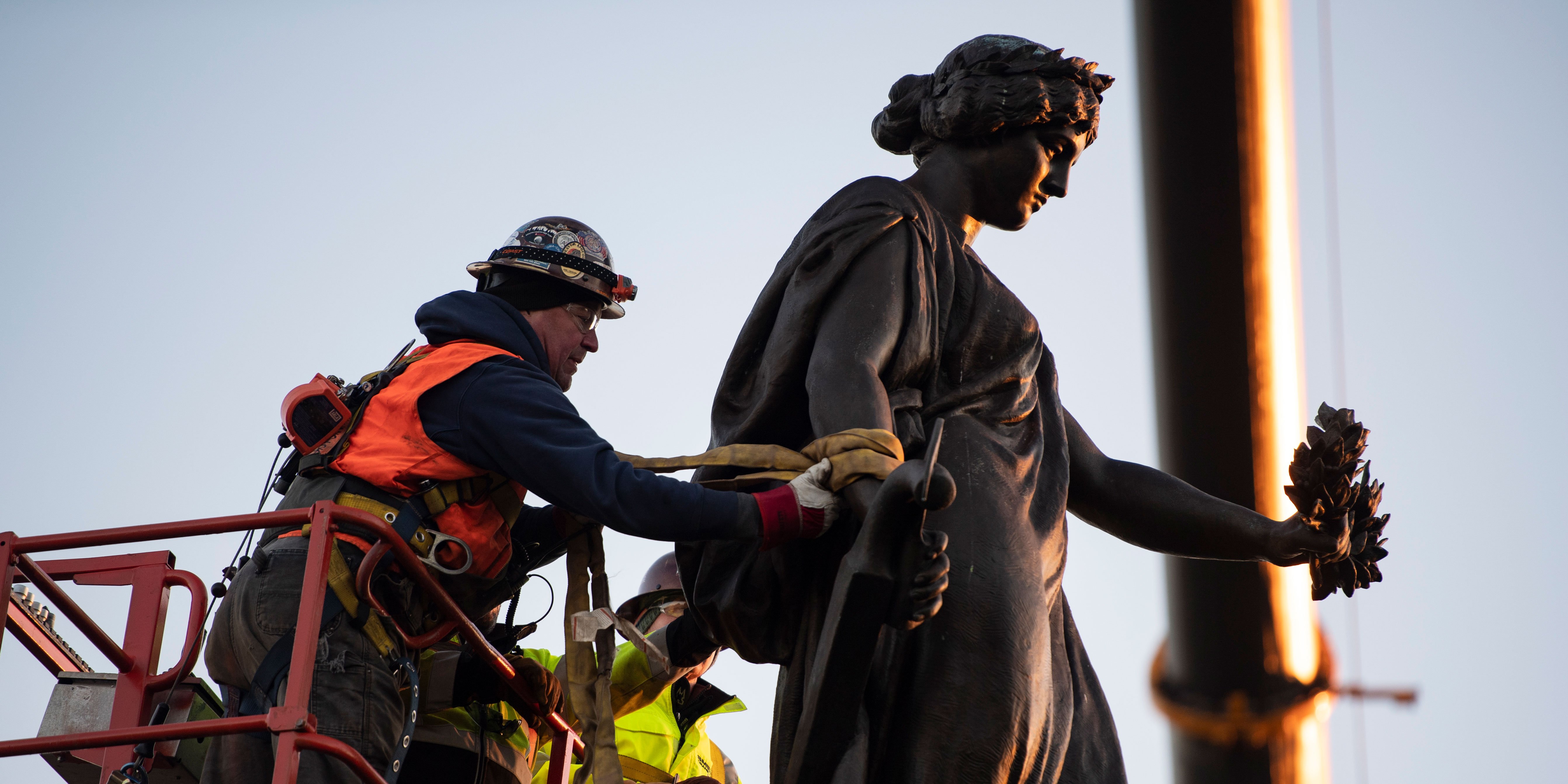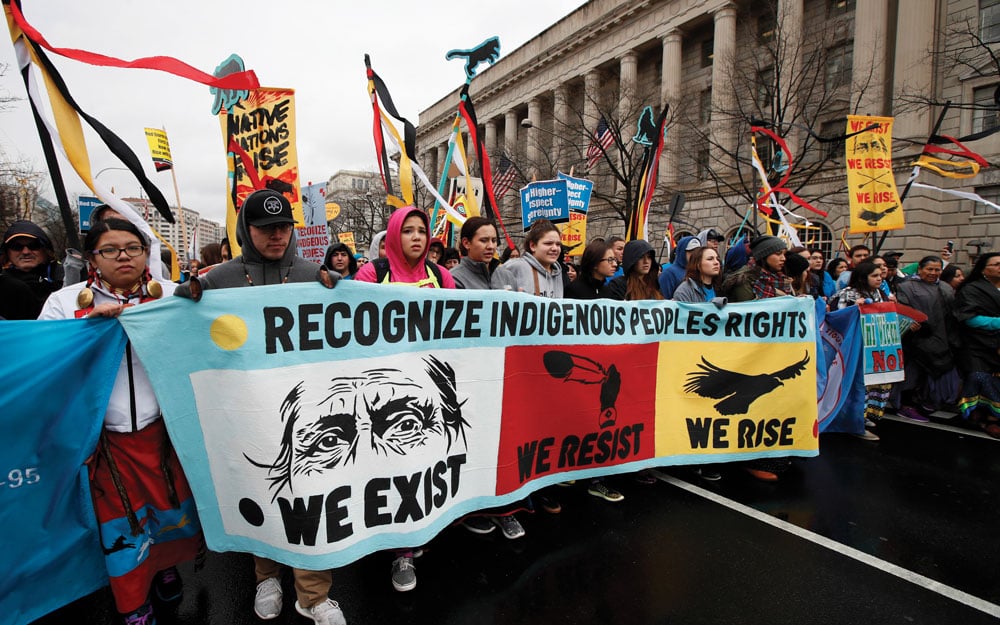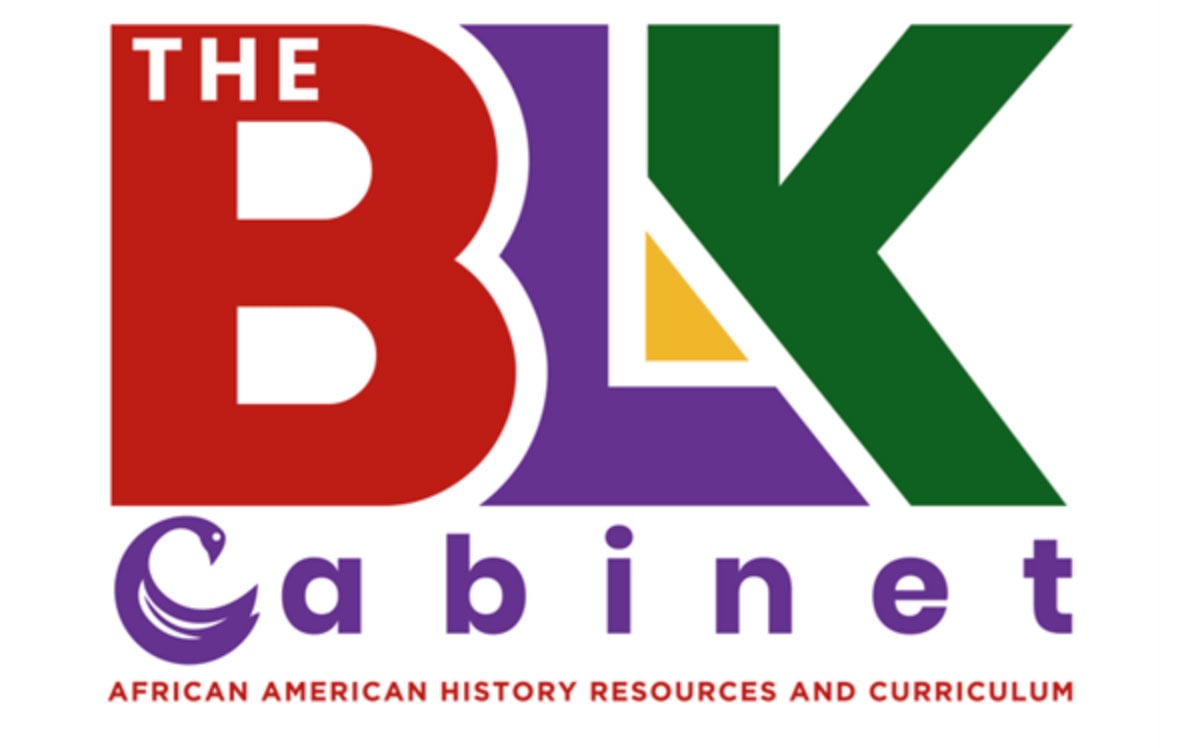Learning and Language
Editor’s note: At Gibbs Smith Education, we are determined to amplify all voices and continue the work we do with inclusive and well-researched teaching and learning materials. We want to highlight the many perspectives, backgrounds, and viewpoints that give our history depth and understanding. We aim to share writing and resources from educators and historians from all walks of life to facilitate discussion and dialogue about social studies education in the United States.
This month, we are sharing an essay by Gail Smithhisler, an Inupiaq language revitalization teacher living in Nome, Alaska. Her writing shares her journey toward the connection found in language and culture and what those mean for her personally and for the Inupiaq community.
Uaŋa Topkaruk, atiġa Gail Smithhisler naluaŋmiutun. Sitŋasuaqmiuguruuŋa. Aŋayuġaaka Alma Panikuurak Smithhisler-lu Donald Smithhisler-lu. Avaġa Frank Eilġhuk Ahnangnatoguk-lu John Smithhisler-lu. Aanaġa Edna Nutaasaq Ahnangnatoguk-lu Erma Dutter-lu. I am Topkaruk, and my English name is Gail Smithhisler. I live in Nome, Alaska. My parents are Alma and Donald Smithhisler. My grandfathers are Frank Ahnangnatoguk and John Smithhisler. My grandmothers are Edna Ahnangnatoguk and Erma Dutter. This abbreviated version of a common greeting in the Inupiaq language is an important first step in how we make connections with each other and how our elders and audience come to know exactly who we are. I could not resist the opportunity to describe my journey in learning the Inupiaq language and doing what I can to help revitalize our language.
When I began purposefully learning the Inupiaq language during high school, I had no idea of the great adventure that lay ahead of me. Not only have I made connections with some of the most amazing people—and forged beautiful, healing friendships—but I’ve been fortunate to gain more knowledge about my culture and where the people of my Inupiaq heritage came from.
I was born and raised in the beautiful state of Oregon in an English-speaking home. My father ensured that my mother and I visited her family in Alaska as often as we were able to. There, I’d hear my mother’s parents speaking fluent Inupiaq with each other and, at times, to me, even though I didn’t understand what they were saying. You must be exposed to the natural tones and inflections, the way the words are formed within the mouth and throat; you must see the facial expressions and the body language that accompanies what’s being said. Exposure is one of the fundamental foundations for learning another language.
After my father perished from cancer, my mother moved us to Alaska so that we were near her family, and she would have more support in raising me. I was fortunate; my grandparents made it a point to teach me important life lessons, including how to be self-sufficient and live off the land and sea. This is what is popularly known as living a subsistence lifestyle.
I learned what subsistence activity was done during each season, including what animals were hunted and which plants were gathered, and then how to preserve or store them for the long, cold winter ahead. What I didn’t realize, until I studied history in school, was that my ancestors lived a nomadic lifestyle, following the animals they depended on for sustenance and survival.
With each lesson came a multitude of stories from my grandparents about life when they were children. They taught me important values such as respecting the land and animals by never wasting what was caught or gathered, using all parts of the animal, and ensuring we picked up after ourselves. They instructed me to always let my elders go before me, that I should offer help to someone in need, and to share part of the food I caught, gathered, or processed. They instilled important values within me that I carry to this day, knowing it was important that I grew up to be a responsible and respectful person.
Oral history is prevalent among the indigenous populations within North America and the circumpolar north, but I’m a visual person. Some years ago, I had an idea to begin documenting the few words I knew in Inupiaq by recording a video of myself saying the word and its translation, as well as spelling the word using its correct (or most-correct spelling I could find or guess) and phonetic spellings. I was hungry to learn my mother’s language and dreamed of becoming fluent one day. The Alaska Native Language Center reports that Alaska is home to approximately 13,500 Inupiat. There are 3,000 speakers of Inupiaq, and most are over the age of 40. Coincidentally, the Nome Elementary School began an Inupiaq Immersion Program in 2020 for kindergarten and first grade. It has been incredible hearing my friends’ and cousins’ stories of learning Inupiaq with their children who have participated in this program. For instance, my cousin’s oldest son was in the immersion program, and I was filled with delight hearing her learn to count in Inupiaq with her son and how much confidence it gave them.

Fortunately, a dear friend saw the daily videos I shared on my personal Facebook page and invited me to become a moderator of the Inupiaq Word of the Day Facebook page. Without hesitation, I accepted her offer. The Inupiaq Word of the Day page was created on May 17, 2010, and I was made a moderator in August 2020. The number of followers has now doubled. Shortly after that, I began creating short word-of-the-day videos using TikTok. I found I was able to reach a younger, diverse audience and interact with people across the circumpolar north including other Inuit in Canada and Greenland in addition to sharing my videos on Facebook, Instagram, and Snapchat. These videos stand apart from and complement other, growing efforts to revitalize the language, including immersive preschool programs and new Rosetta Stone programs in two of the three major dialects in Alaska.
From a social studies perspective, learning another language has been one of the more immersive ways that I’ve learned about history, geography, and even political science. To say that language revitalization programs are paramount to preserving the language is an understatement. With language revitalization comes the preservation of its culture, history, and traditions. If we, as Inupiaq people, are to keep moving forward while adapting to the modernity of this age, we need to know who and where we come from. We need to know what challenges we’ve persevered through, what accomplishments we can celebrate, and how we can stay connected with each other. Preserving an endangered language is a bridge to ensuring that culture or its people are not lost or extinct. The programs and people that put in countless hours of research, data entry, resources, and time are invaluable.
For example, my mother is the second oldest of four children born to her parents. She grew up with Inupiaq as her first and only language spoken; she often recounts precious memories of the time she spent with her grandmother, how close they were, and what she learned from her. Inupiaq was the only language my mother knew and understood while she lived in the small coastal village of Teller, Alaska, and she had a difficult time transitioning into kindergarten where she was expected to speak in only English when my grandparents moved the family to Nome.
My mother describes that time as difficult and traumatizing. She was made fun of by peers and teachers and disciplined when she did not understand or when she spoke Inupiaq. As a result, my mother stopped speaking Inupiaq, and to this day she still has a difficult time speaking it, though she can understand when Inupiaq is spoken to her. This is the history that is not openly taught; I know, because I was unaware of my mother’s experience until she told me when I became an adult. She surmises that as she’s gotten older, she feels stuck between English and Inupiaq: not quite as proficient with English as she used to be and only able to understand Inupiaq as it is spoken to her.
My mother’s experience has instilled a drive in me to do what I can to revitalize the Inupiaq language and that, one day, I will be fluent. Until then, I am happiest learning from other speakers who are more fluent than me and sharing what I know with others who are hungry to learn our language.
 Voices: An Ethnic Studies Survey
Voices: An Ethnic Studies Survey
Voices is an ethnic studies resource that examines the experiences and contributions of Indigenous, Black, Latino, Pacific Islander, and Asian Americans. Students will explore and analyze the impacts of culture, race, and ethnicity that have shaped our collective history.



